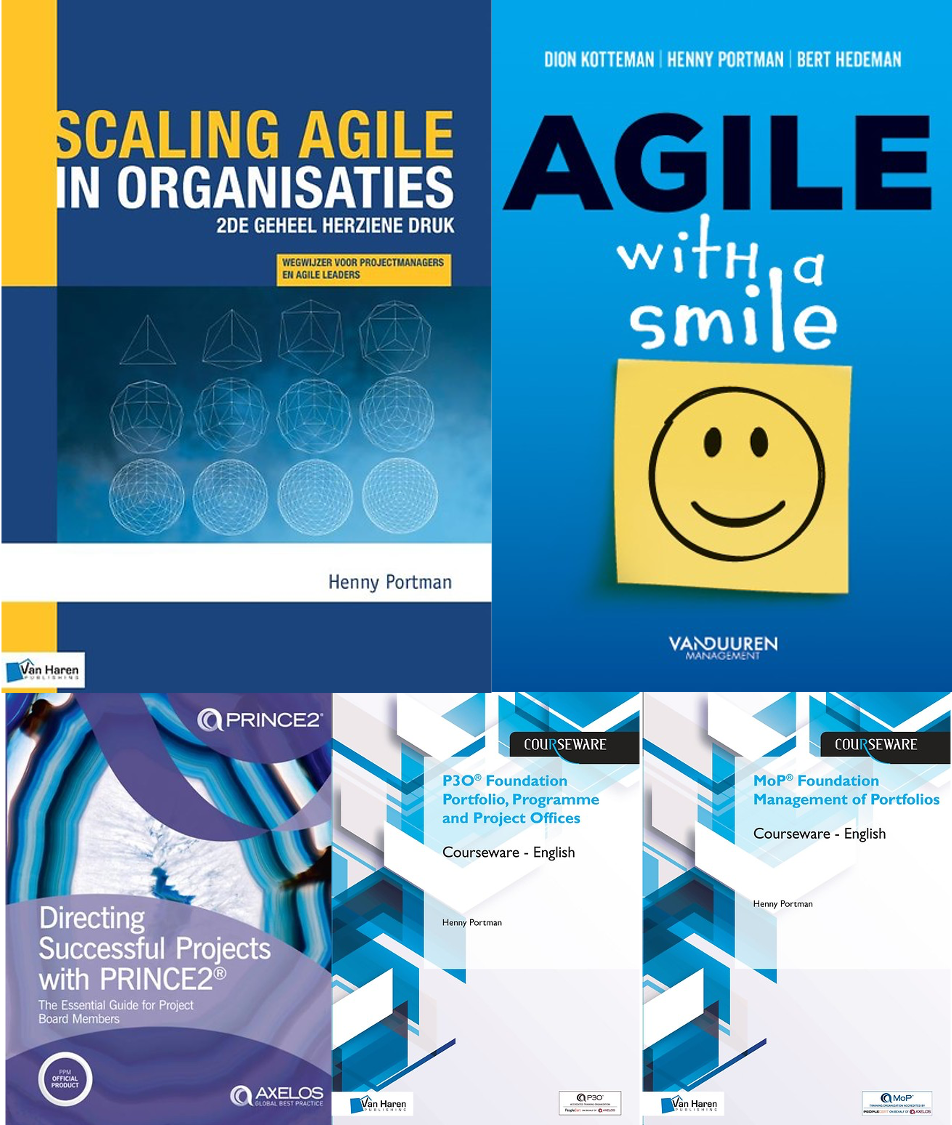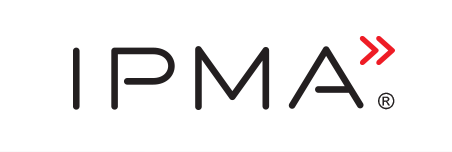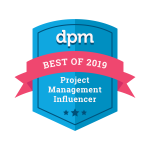During the last Gartner PPM Summit, 8 and 9 June 2015, in London, it was confirmed again. “One size does not fit all” is true in the world of projects too. Are reliability and cost the most important or are we going for brand awareness, sales and customer experience? Do we have to deal with long-term or short-term contracts? Is the focus on IT only or enterprise-wide? Are we talking about frequent or a limited number of deliveries within short or long lead times? Many debates we see in the media, PRINCE2 versus Agile, Scrum only but what about governance or the business case? The answer from Axelos is PRINCE2 Agile that combines the best from both worlds to carry out a project properly.
Introduction
PRINCE2 Agile includes both the existing PRINCE2 as the agile way of thinking. The agile way of thinking must be seen as agile behaviour, concepts, frameworks, focus areas and techniques. The existing PRINCE2 principles, processes and themes remain, but should be tailored using the agile way of working and the project itself. PRINCE2 Agile searches for the best of both worlds where the emphasis lies in the use of PRINCE2 within project direction and project management and the agile approach in the product delivery. Depending on the project situation you can apply more or less of the PRINCE2 or agile way of thinking. See Figure 1.
 Figure 1. Mixing of PRINCE2 and Agile
Figure 1. Mixing of PRINCE2 and Agile
six project control parameters: PRINCE2 uses six project control parameters: time, cost, scope, quality, risks and benefits. All six have their own tolerances. PRINCE2 Agile recognizes the same six project control parameters except that within an agile approach time and cost are fixed (no tolerance), quality and scope can be partially flexible (no tolerances for the essential criteria and products) and the risks and benefits can be fixed or flexible (tolerances in consultation between the project manager and the project board).
The reasons for flexing are explained by the five targets:
- Be on time and hit deadlines
- Ensure the required quality
- Embrace change
- Keep the team stable
- Accept that the user doesn’t need everything
In the following paragraphs I explain how the principles, themes and processes can be customized to incorporate the agile way of thinking.
Principles
The seven PRINCE2 principles remain. However PRINCE2 Agile adds five behavioural components to it:
- Transparency – regarding the progress of the project.
- Collaboration – between the project team members and stakeholders.
- Rich Communication – consultation over email, visualization over text.
- Self-organization – empower and facilitate the project team.
- Exploration – curiosity over obeying the rules.
The processes
Starting up and initiating the project: Make during starting up a project, an initial estimate how far you can go with embedding the agile way of working in the project. To perform this agile risk assessment, PRINCE2 Agile developed the Agilometer. This evaluation must be repeated during the initiation stage and the various stage transitions.
Agilometer: The Agilometer consists of six key areas to be used in the assessment of the application of agile within the project. The six key areas are:
- Acceptance of agile;
- Advantageous environmental conditions;
- Ability to work iteratively and deliver incrementally;
- Ease of communication;
- Level of collaboration;
- Flexibility on what is delivered.
The project manager performs this analysis and looks for each key area for possible or necessary improvements and gives insight how agile the project can be established. So, it’s not a matter of yes or no. It also makes no sense to calculate an average of the six sliders. This Agliometer is comparable with the agile project questionnaire from DSDM.
During Start up and Initiating the project it’s key to find the right balance between the risks associated with the project and the level of detail the issues should be sorted out beforehand. The aim should be to maximize the freedom to steer the project during the implementation of the project. Sometimes within agile they call Starting up and Initiating the Project stages, sprint zero or the discovery phase. The Project Product Description is then referred to as the project backlog.
Cynefin model: PRINCE2 Agile uses the Cynefin model from Snowden to determine the level of uncertainty and thereby what the most logical approach and management of the project. The Cynefin model identifies five domains:
- Obvious: clear cause-effect relationship
- Complicated: cause-effect relationship is not clear
- Complex: cause-effect relationship can only be explained in retrospect
- Chaotic: cause-effect relationship can’t be indicated
- Disorder; unclear to which domain the change belongs.
With clear cause-effect relationships there is usually a simple project or ‘business as usual’. Projects we find especially in the complicated and complex domains. The more complex in its environment the more an agile way of working is desirable. If the cause-effect relationship can’t be indicated, then a process approach is the most appropriate approach.
Directing the project: With ‘business as usual’ the product owner directs the agile process. In a project environment, we see the PRINCE2 roles of executive (sponsor), senior user and senior supplier. For simple projects, some of these roles can be merged, e.g. the executive and senior user role.
In all cases it is important that collaboration is based on trust, and that therefore there is no blame culture. Management by exception is than characterized by empowerment and rich communication.
Controlling a stage / Managing product delivery: Within PRINCE2 Agile it is possible that there are no stages but only time boxes, whether inside releases or increments. Releases or increments can also be defined as stages, if at the end of which an explicit go / no-go decision is planned. It is important to plan around the functions (sub-products) and use flexible work packages that emphasize that teams are as much as possible self-organizing, communicating rich and make management by exceptions possible. Focus is on the result to be delivered, so the scope and quality criteria and the control of the agile related risks. The Controlling a Stage is characterized by transparency, collaboration and rich communication, self-organization and flexibility.
To have frequent releases makes it possible to harvest benefits as early as possible, obtain fast user feedback and reduce risk. It provides confidence that the project will deliver and it will help to obtain and retain the stakeholders’ interests. Small releases are often easier to take into production. Of course, the releases needs to be planned so that it is clear when which of the functions (sub-products) are delivered.
Manage a stage boundary: During managing a stage boundary (increments or releases), it is important to assess how much is produced, which what quality and what benefits have been or may be harvest. In addition, an assessment of the agile way of working, and determine if the method used must be adjusted. This corresponds to the retrospective in Scrum. Of course, this step should take place with as little as possible ceremony.
Closing the project: Within agile there is not much described on the formal closure of a project. Usually there are already several interim products delivered. PRINCE2 Agile emphasizes on the following activities that may or may not be conducted in workshop form. Rate the final outcome with respect to the original plan. Agree on the formal user acceptance. Evaluate the process as well as the usage of agile in the project. Finalize the required documentation. Transfer the result formally to the customer.
Themes
All themes within PRINCE2 can be found in PRINCE2 Agile. Some topics are within the agile way of working more important than others.
Business justification: The business case for the entire project is drawn up during Starting up / Initiating the project and updated at the end of each stage. It must also clearly define the minimum usable product, based on the prioritized list of requirements (must-haves). The added value of the individual functions will be prioritized in the different timeboxes. A requested function or feature that adds no value to the organization will not be realized.
Organization: The known roles of executive (sponsor), senior user and senior supplier still exist in an agile project but from a user perspective often expanded with the role of Business Ambassador (DSDM) or Product Owner (Scrum). The Project Manager has a more facilitating role than a managerial role (servant leader). Depending on the self-organizing ability of the development team and the Agile method used, the role of Team Manager can be filled formally, or by a Scrum Master (Scrum), or be fulfilled by the team as a whole. For the Project Manager, it is important that he has at least a point of contact in the team and that in the team someone from the user side is involved (business ambassador or product owner).
If the project consists of only one agile team, then a simple agile approach with one product owner and scrum master suffice. Consists the project of more teams than the different product owners and scrum masters must tune their work and progress (scrum of scrums).
Plan: A project is finite. For each project there must be a planned end date. Therefore you need an overall project plan. This also distinguishes the agile project approach to agile maintenance approach as part of business as usual. The project plan to support the agile approach, however, should be limited to the main topics/functions. It has to be just sufficient to be able to determine the total duration and the total budget, assuming sufficient (flexible) tolerances within the to be requested functionalities. Per increment or timebox the project plan will be more detailed. Within an agile approach the time and cost tolerances are set to zero and the flexibility will be found in the tolerance of the functionalities.
PRINCE2 Agile prescribes no mandatory planning technique and no planning approach. From the agile way of working it is appropriate to establish the project plan empirically in consultation with the project team and set the various timebox plans by the delivery team themselves. These delivery teams can make use of a simple scoring system such as planning poker, or T-shirt planning.
Progress monitoring: As with the PRINCE2, PRINCE2 Agile focuses on the product to be delivered. However, PRINCE2 Agile is less about whether it will succeed to deliver the product as defined within the given time horizon, but how much functionality can be completed within the given time horizon. For progress reporting at project level you can make use of stand-up meetings, information radiators, team boards and visual burn-down or burn-up charts that are used at the team level. In addition agile teams frequently make use of the concept of velocity. This is a measure of the production of the development team in a certain period of time (timebox), with which one can also determine the extent to which a team learns, and hence can realize more in the course of time.
Risk Management: Risk management gets less attention Within PRINCE2 Agile because many project risks are already minimized by the agile approach. But due to a possible discrepancy between the agile approach and more conditioned environment new project risks can be introduced too. In order to identify these risks, the Agilometer is introduced. As a result the project approach can be tailored to accommodate the given situation as showed in the Agilometer. PRINCE2 Agile uses the five behavioural components to control possible project risks too.
Quality: Within PRINCE2 Agile is important to develop a less formal quality management strategy, but you still need to capture it: what and how is tested within the development teams and what, how, and by whom will be tested at the end of the time boxes. Within the Project Product Description we find the description of the needed necessary changes in the organization based on the result to be delivered. Further, the acceptance criteria and the “Definition of Done” are central to the quality theme. Quality criteria of the requested products can be found in the product descriptions on the project level and in the user stories at the team level.
Change management: PRINCE2 Agile embraces change. The more changes, the better the product is likely to be connected to the company strategy and the greater the user involvement, and thus the probability of acceptance of the product. It is important to make a distinction between the changes in the officially fixed configuration (project product description), which should be monitored formally at project level and the further elaboration of that configuration within the development team and user representatives (informal). Adding new parts means that those new parts needs to be exchanged for other less important parts (trading), because there are no time and cost tolerances within agile projects.
Lean start-up: Within the philosophy of embracing change, PRINCE2 Agile also introduces the principle of lean start-up. Lean start-up focuses on learning and act accordingly. Try as fast as possible (fail fast). But take as soon as possible (parts of) products in use, and learn from them. The product that processed most of the learning experiences, usually delivers the most value.
Agile and supplier contracts
Agile in combination with strict supplier contracts remains a challenge for many. Within PRINCE2 Agile this problem is worked out in a clear manner and therefore also provided various guidelines. Useful recommendations are:
- Focus is on the end result (outcome) and not on the final product (output);
- Define the level of user participation during the project;
- Describe, in terms of time, important delivery milestones (sprints and / or releases);
- Include a clause that the project board may decide to stop prematurely;
- Take a bonus / penalty clause on the basis of the quantity of delivered end result;
- Define global requirements and prioritize them. Detailed requirements will ask for too many adjustments during the project;
- Keep the contract as simple as possible (depends on mutual trust).
Agile Frameworks
PRINCE2 Agile discusses the use of the Scrum and Kanban frameworks and related techniques such as user stories, MoSCoW prioritizing, frequent releases, planning poker and T-shirt estimation extensively.
A Dutch version of this article will be published in due course (IPMA Projectie).
 In het boek ‘De startup methode – Ondernemerschap als succesfactor in elke organisatie’ laat de auteur Eric Ries zien hoe je de Lean Startup-mentaliteit en –technieken kunt toepassen in iedere organisatie. Hoe zorg je ervoor dat je voortdurende innovatie mogelijk maakt binnen de bestaande organisatiestructuur? Hoe creëer je draagvlak en welke kansen en bedreigingen zijn daar bij het opschalen van zo’n interne startup?
In het boek ‘De startup methode – Ondernemerschap als succesfactor in elke organisatie’ laat de auteur Eric Ries zien hoe je de Lean Startup-mentaliteit en –technieken kunt toepassen in iedere organisatie. Hoe zorg je ervoor dat je voortdurende innovatie mogelijk maakt binnen de bestaande organisatiestructuur? Hoe creëer je draagvlak en welke kansen en bedreigingen zijn daar bij het opschalen van zo’n interne startup? Downloaden: Startup methode (QRC, 180103) v1.0
Downloaden: Startup methode (QRC, 180103) v1.0
 Chris Lukassen wrote the book The Product Samurai. A Product Manager’s guide to continuous innovation.
Chris Lukassen wrote the book The Product Samurai. A Product Manager’s guide to continuous innovation.



















